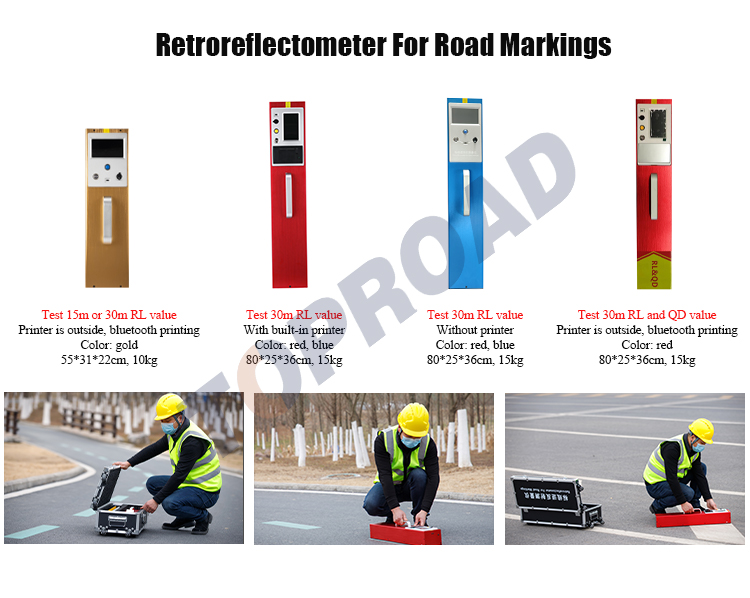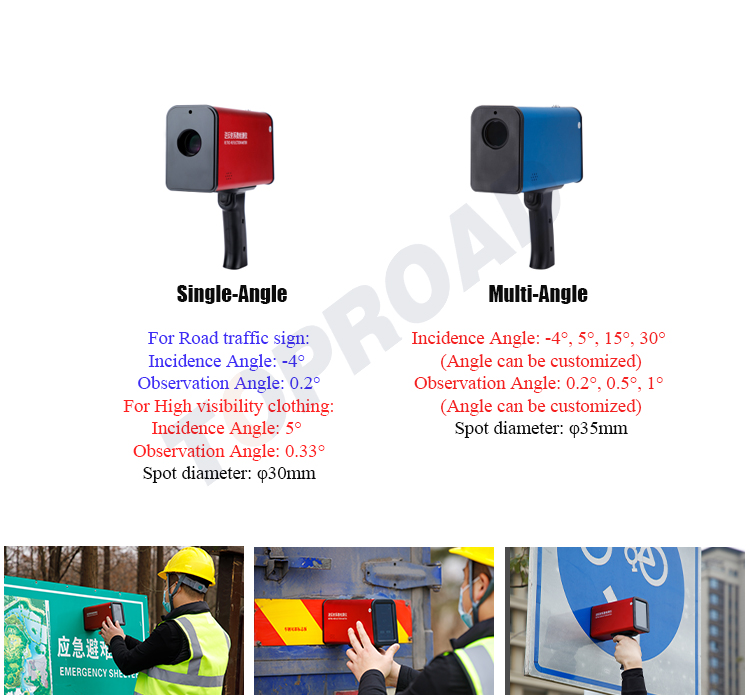Road Marking Paint and Machine Manufacturer
+86-15668659958
Road Marking Paint and Machine Manufacturer
+86-15668659958

The evolution of road retroreflectivity measurement devices is closely tied to advancements in transportation safety and material science. Initially emerging in the mid-20th century, these devices were rudimentary tools designed to assess the visibility of road markings, which relied on simple optical principles. Early models utilized manual observation or basic photometric techniques, focusing on ensuring minimal reflectivity for nighttime driving safety.
By the 1980s, the introduction of electronic sensors and digital data processing marked a significant leap. Devices began incorporating photodiodes and light-emitting diodes (LEDs) to measure retroreflective intensity more accurately. This period also saw standardization efforts, with governments mandating minimum retroreflectivity levels for road markings, driving demand for reliable measurement tools.
The 2000s brought further innovation, including portable and handheld models, enabling field measurements without laboratory constraints. Integration with GPS and wireless data transmission allowed real-time monitoring and mapping of road conditions. Companies like Zehntner GmbH and Gamma Scientific (RoadVista) emerged as key players, offering devices with enhanced precision and user-friendly interfaces
Recent decades have emphasized automation and intelligence. Modern devices now leverage AI algorithms to analyze data trends, predict maintenance needs, and integrate with broader smart city systems. For instance, laser-based sensors and hyperspectral imaging technologies have improved measurement accuracy under diverse environmental conditions



From manual photometers to AI-enabled IoT systems, road retroreflectivity measurement devices have evolved into indispensable tools for modern transportation safety. Future advancements will hinge on smart technologies, sustainability, and regulatory alignment, positioning these devices as cornerstones of next-generation infrastructure. As urbanization accelerates, their role in ensuring safe, efficient mobility will only grow more vital

Our company is a professional manufacturer of road hot-melt coatings, road retroreflective measuring instruments, and road marking machines. If you are interested, please feel free to communicate with me via email at any time export@toproadtraffic.com
